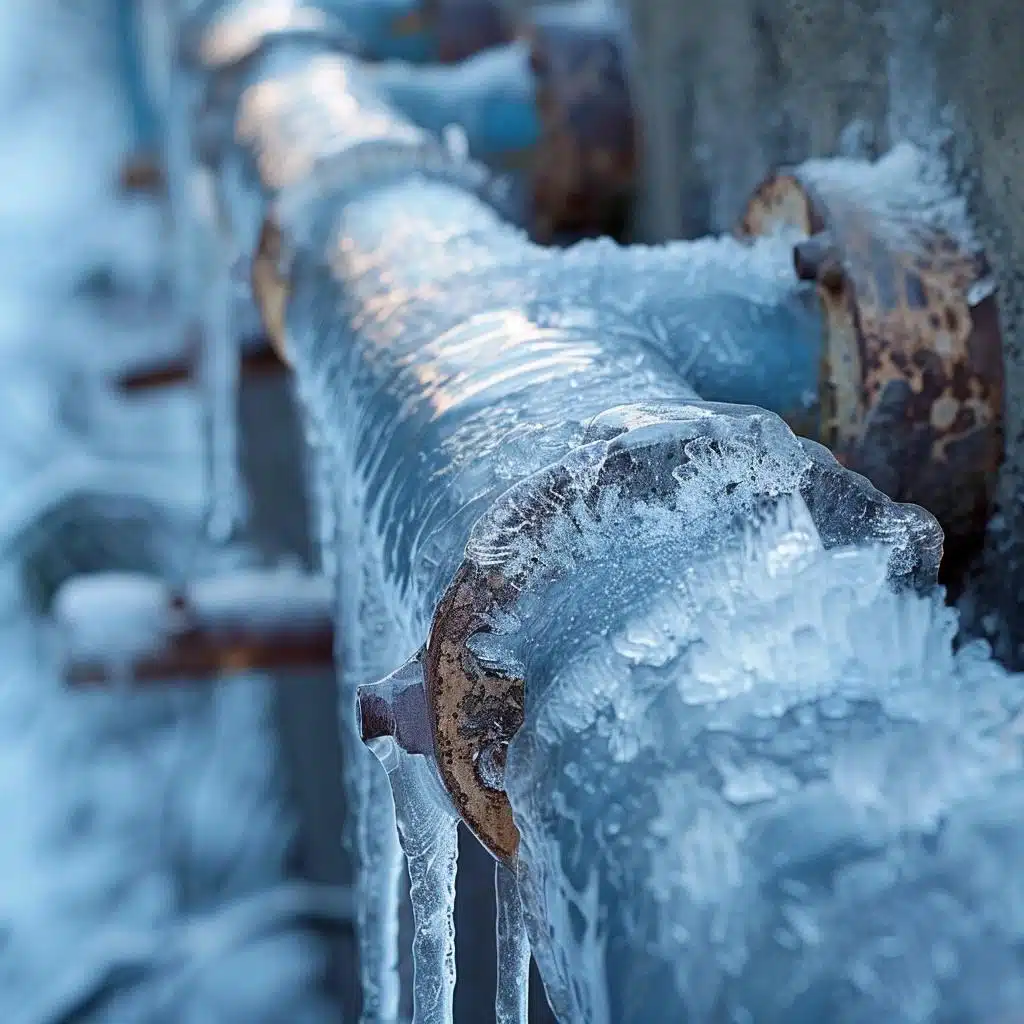Avoiding Frozen Plumbing: Best Tips for Winter
Avoiding Frozen Plumbing: Best Tips for Winter
Blog Article
What're your insights and beliefs on Winter Plumbing Precautions: Preventing Frozen Pipes?

Winter can damage your pipes, especially by freezing pipes. Below's exactly how to prevent it from occurring and what to do if it does.
Introduction
As temperature levels decrease, the threat of frozen pipelines rises, potentially bring about costly repair services and water damage. Comprehending exactly how to stop frozen pipelines is vital for home owners in cold environments.
Avoidance Tips
Insulating prone pipelines
Wrap pipes in insulation sleeves or utilize warm tape to secure them from freezing temperatures. Focus on pipelines in unheated or external locations of the home.
Heating methods
Maintain indoor spaces adequately heated, especially areas with plumbing. Open up closet doors to permit warm air to distribute around pipes under sinks.
Just how to recognize frozen pipes
Try to find decreased water circulation from faucets, unusual smells or noises from pipelines, and visible frost on exposed pipelines.
Long-Term Solutions
Structural modifications
Consider rerouting pipelines away from outside walls or unheated locations. Include additional insulation to attic rooms, basements, and crawl spaces.
Updating insulation
Purchase top quality insulation for pipelines, attic rooms, and wall surfaces. Proper insulation assists preserve regular temperatures and decreases the threat of frozen pipelines.
Safeguarding Exterior Pipes
Yard hoses and outside taps
Detach and drain pipes garden pipes before wintertime. Install frost-proof spigots or cover outdoor faucets with shielded caps.
Comprehending Frozen Pipelines
What triggers pipes to freeze?
Pipelines ice up when revealed to temperatures listed below 32 ° F (0 ° C) for prolonged periods. As water inside the pipes freezes, it broadens, putting pressure on the pipe walls and potentially causing them to break.
Threats and problems
Frozen pipes can result in water system interruptions, residential or commercial property damages, and expensive repair work. Ruptured pipelines can flood homes and create comprehensive structural damages.
Indications of Frozen Pipeline
Determining icy pipes early can stop them from rupturing.
What to Do If Your Pipelines Freeze
Immediate actions to take
If you believe frozen pipelines, maintain faucets available to ease stress as the ice melts. Utilize a hairdryer or towels soaked in warm water to thaw pipelines slowly.
Verdict
Preventing icy pipelines requires positive actions and fast actions. By understanding the causes, signs, and preventive measures, house owners can secure their pipes throughout winter.
5 Ways to Prevent Frozen Pipes
Drain Outdoor Faucets and Disconnect Hoses
First, close the shut-off valve that controls the flow of water in the pipe to your outdoor faucet. Then, head outside to disconnect and drain your hose and open the outdoor faucet to allow the water to completely drain out of the line. Turn off the faucet when done. Finally, head back to the shut-off valve and drain the remaining water inside the pipe into a bucket or container. Additionally, if you have a home irrigation system, you should consider hiring an expert to clear the system of water each year.
Insulate Pipes
One of the best and most cost-effective methods for preventing frozen water pipes is to wrap your pipes with insulation. This is especially important for areas in your home that aren’t exposed to heat, such as an attic. We suggest using foam sleeves, which can typically be found at your local hardware store.
Keep Heat Running at 65
Your pipes are located inside your walls, and the temperature there is much colder than the rest of the house. To prevent your pipes from freezing, The Insurance Information Institute suggests that you keep your home heated to at least 65 degrees, even when traveling. You may want to invest in smart devices that can keep an eye on the temperature in your home while you’re away.
Leave Water Dripping
Moving water — even a small trickle — can prevent ice from forming inside your pipes. When freezing temps are imminent, start a drip of water from all faucets that serve exposed pipes. Leaving a few faucets running will also help relieve pressure inside the pipes and help prevent a rupture if the water inside freezes.
Open Cupboard Doors
Warm your kitchen and bathroom pipes by opening cupboards and vanities. You should also leave your interior doors ajar to help warm air circulate evenly throughout your home.

I am just very drawn to Helpful Tips to Prevent Frozen Pipes this Winter and I'm hoping you enjoyed the blog posting. Sharing is good. You never know, you may just be helping someone out. We value your readership.
Visit Our Website Report this page